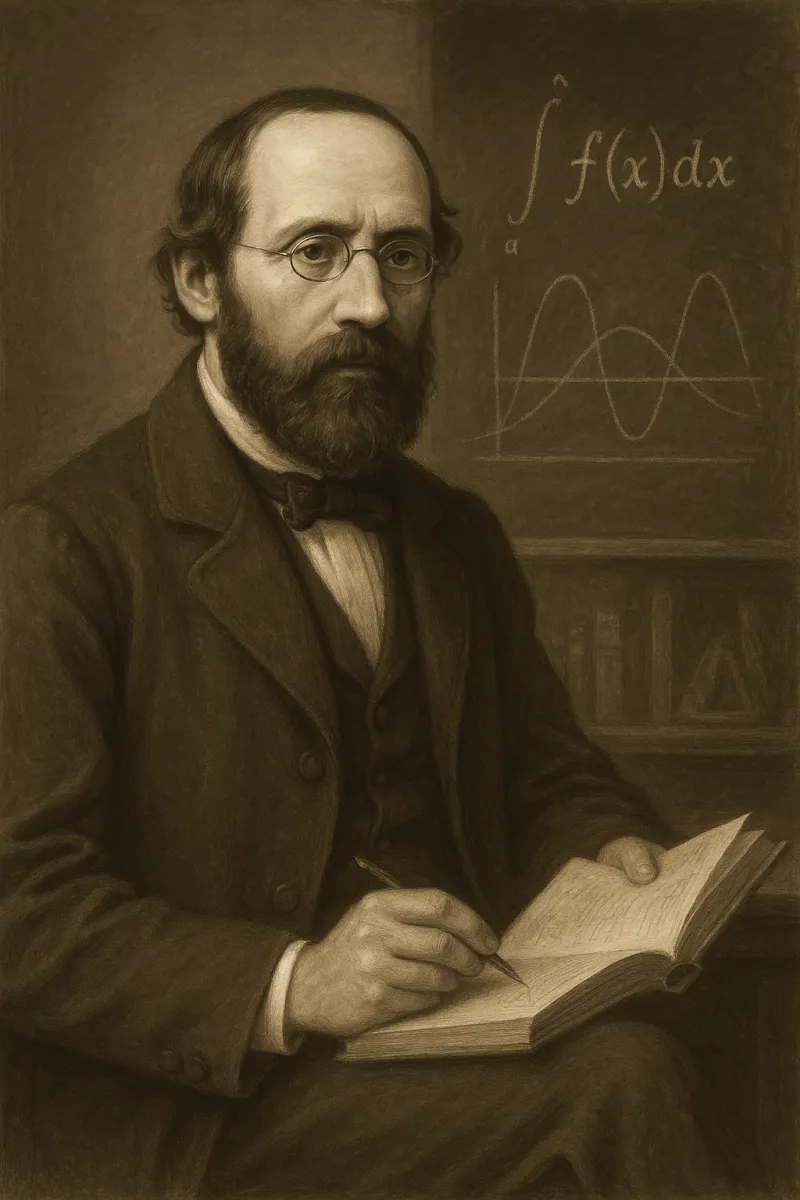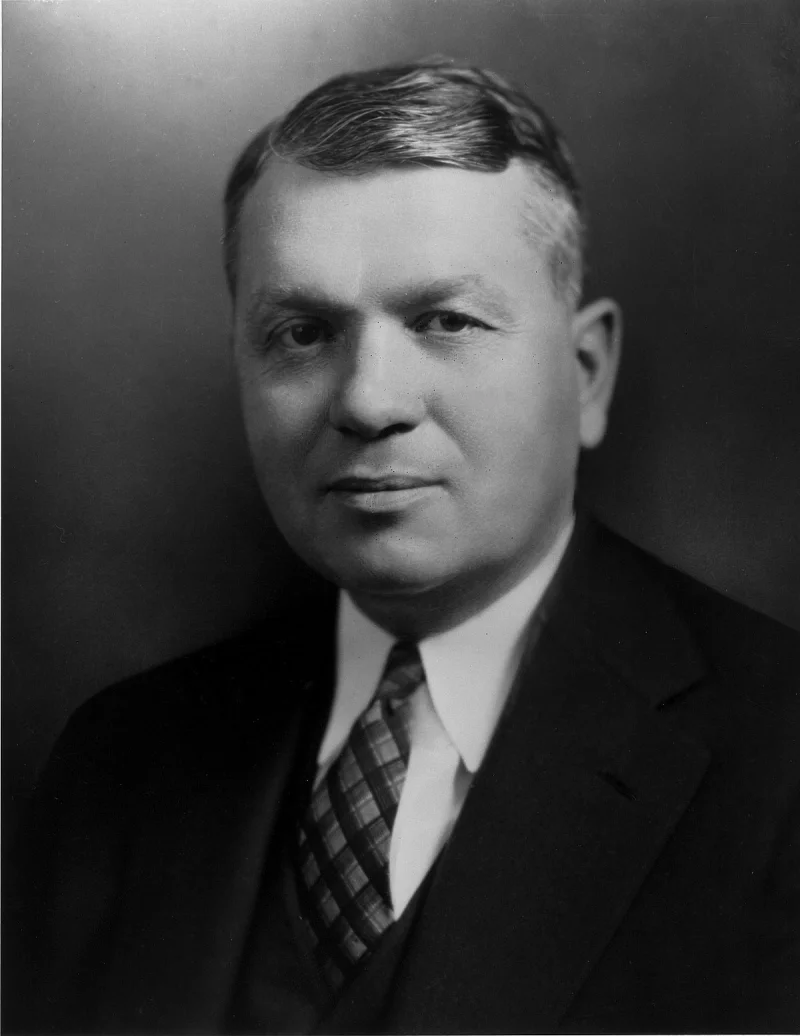Short Summary
Alfred Blalock was an influential American surgeon renowned for his pioneering work in cardiac surgery. He is best known for developing the first successful surgical treatment of "blue baby syndrome," a condition that causes infants to have oxygen-poor blood. His innovative techniques and collaborative approach significantly advanced the field of cardiac surgery and inspired countless medical professionals. His legacy is marked by his contributions to surgical techniques and his role in mentoring future generations of surgeons.
Early Life & Education
Alfred Blalock was born on April 5, 1899, in Culloden, Georgia. He was the eldest of five siblings in a family that valued education and hard work. Blalock showed an early interest in science and medicine, which led him to attend the University of Georgia. He later transferred to Johns Hopkins University School of Medicine, where he earned his medical degree in 1922. During his education, he was influenced by the rigorous academic environment and the innovative medical research conducted at Johns Hopkins, which shaped his future career in surgery.
Career Highlights
Alfred Blalock began his professional career at Vanderbilt University, where he served as a resident and later a faculty member. It was during this period that he collaborated with Vivien Thomas, an African American laboratory technician, to conduct groundbreaking research on shock and surgical techniques. In 1941, Blalock returned to Johns Hopkins Hospital as the Chief of Surgery. There, he and Thomas developed the Blalock-Taussig shunt procedure, which revolutionized the treatment of congenital heart defects. His work at Johns Hopkins cemented his reputation as a leading figure in cardiac surgery.
Major Achievements
- Developed the Blalock-Taussig shunt, a groundbreaking procedure for treating "blue baby syndrome."
- Made significant contributions to the understanding and treatment of traumatic and hemorrhagic shock.
- Mentored and collaborated with Vivien Thomas, breaking racial barriers in medical research and training.
- Authored numerous influential papers and textbooks on surgical techniques and principles.
Famous Quotes
- "When you are dealing with something as delicate as the heart, you have to take risks."
- "Progress is the result of persistent experimentation and a willingness to learn from failure."
Interesting Facts
- Blalock's collaboration with Vivien Thomas was depicted in the HBO film "Something the Lord Made."
- He was awarded the Albert Lasker Award for Clinical Medical Research in 1954.
- Blalock was a dedicated teacher and trained many future leaders in the field of surgery.
- Despite early professional challenges, he became one of the most respected surgeons of his time.
Legacy / Influence
Alfred Blalock's legacy lies in his pioneering contributions to cardiac surgery and his dedication to medical education. The techniques he developed and the collaborative spirit he fostered have had a lasting impact on the field, improving the survival and quality of life for countless patients with congenital heart defects. His mentorship of diverse talents in medicine has inspired a more inclusive and innovative medical community.
FAQ
Q: Why is Alfred Blalock famous?
A: He is famous for developing the first successful surgical treatment for "blue baby syndrome," greatly advancing cardiac surgery.
Q: What was the Blalock-Taussig shunt?
A: It was a surgical procedure that corrected certain congenital heart defects by improving blood flow to the lungs.
Q: Who was Vivien Thomas?
A: Vivien Thomas was a skilled laboratory technician who collaborated closely with Blalock, playing a crucial role in developing the Blalock-Taussig shunt.
Q: What impact did Alfred Blalock have on medical education?
A: He was a dedicated mentor, training many future leaders in surgery, and promoting a culture of innovation and collaboration in medicine.










